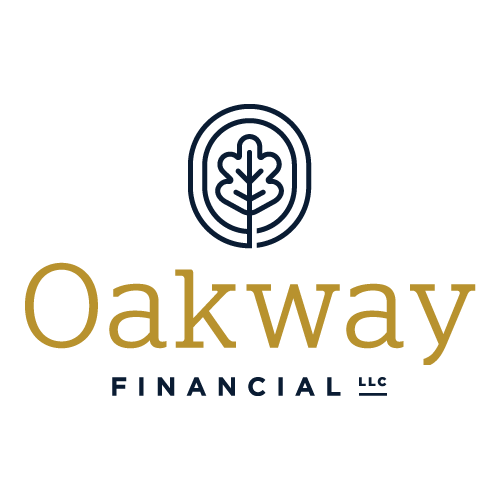Prioritized checklist for your personal finances
Let’s address common scenarios you may have questions about such as: when do I invest before paying off debt and vice versa? What types of insurance should I carry? How can I simplify my finances? Obviously individual circumstances such as age, occupation, goals, and risk tolerances can have an effect on the order, amount, and frequency of these steps, but here are our general rules of thumb for common situations.
First, a couple prerequisites key to building financial security:
Commit to saving 10%-20% of your gross income. Pay yourself first before making other purchases. Automate your saving by having auto-deductions/transfers/etc. to the proper accounts and take the monthly decision out of the equation. Force scarcity on your unnecessary spending habits rather than leaving the scarcity to your savings. Having the discipline to save first will give you the freedom to responsibly spend the rest of your money however you want!
Carry proper insurances. Cover the big things, not the little things. Health(In line with prescriptions and doctor frequency). Life(Mortgage balance to 10x annual income+mortgage balance, calculator available here). Auto/Home(Higher deductible, lower premium). Disability(60% of Gross income, read our guide to DI here). Long Term Care(dependent on current assets, health, savings rate). Accidents and illnesses can destroy an otherwise sound financial situation. Mitigating these risks is a crucial piece of the financial puzzle.
Now, let’s look at some options and the order in which to apply that money you committed to saving.
1- Cover deductibles. Is your auto or health insurance deductible $1,000? First, save that amount in an account that is liquid and accessible before any other investing or debt payment.
2- Employer retirement match. Contribute enough to get the full employer match if this is offered to you, but nothing more at this step.
3- Pay off credit cards/high interest debt. Understand what rates you are paying for any credit card balances, student loans, auto, mortgage loans, etc. Here is where we will attack those higher interest accounts like credit cards and some student loans, but not the lower interest debts at this point.
4- Fully fund emergency reserves. Now let’s add to your savings for deductibles and aim for 3-6 months of expenses in a liquid account. Hard to replace your job? Aim for 6. Easier to replace your job? 3 months may be sufficient.
5- Roth IRA, Traditional IRA, and HSA contributions. Consider ROTH retirement options when you are younger and in lower income tax brackets. The “triple tax advantage” of HSA plans can be great if it makes sense with your healthcare needs/qualifying insurance plan.
6- Max out retirement options. Once you have checked ALL previous boxes, here is where you can go back and add to/max out your 401(k)/403(b)/457, and consider contributing to taxable accounts.
7- Prepayments- Consider pre paying things like children’s college, weddings, and new vehicles only when you have already applied 20% of your gross income to steps 1-6.
8- Pay down low interest debt. Again, understand what rates you are paying on various debts. Here is where we will attack the mortgage, low interest auto loans, etc.
Are you wondering if your situation dictates a different order of operations? Unsure if your insurance coverage is sufficient? Have questions determining which debts to consider high/low interest? Contact us, we’re here to help!

